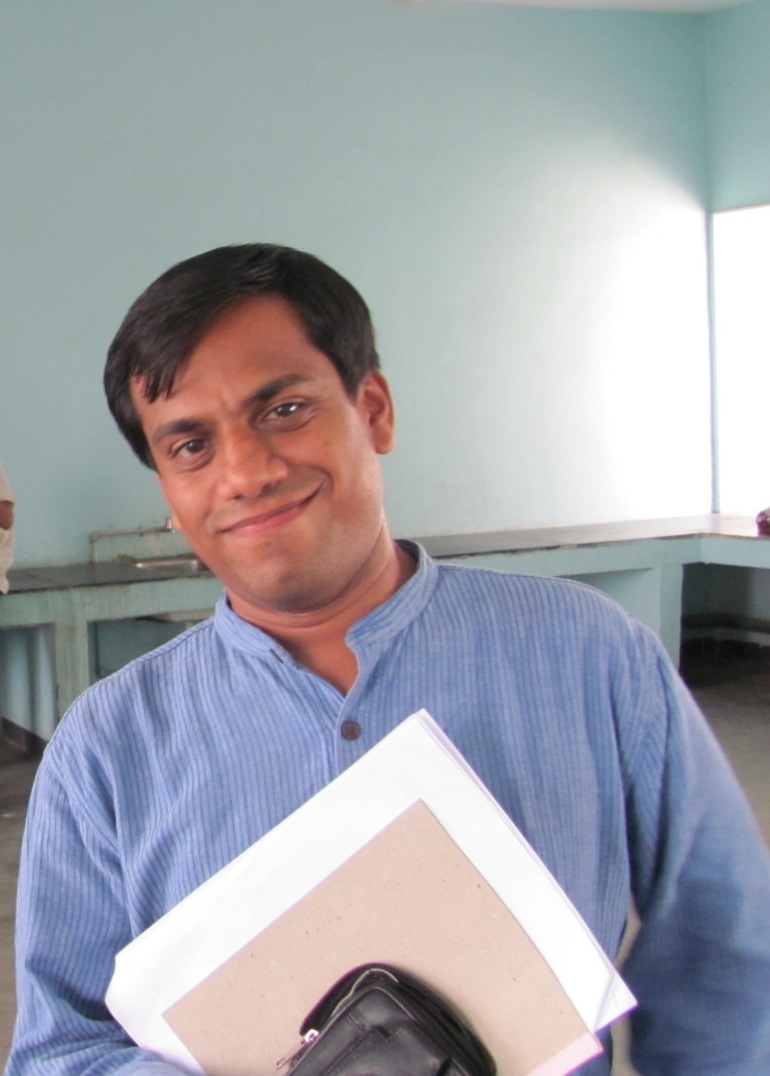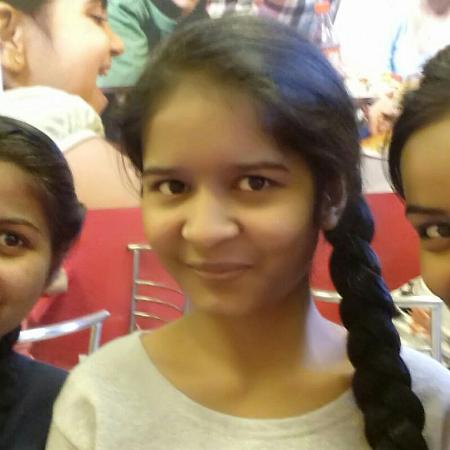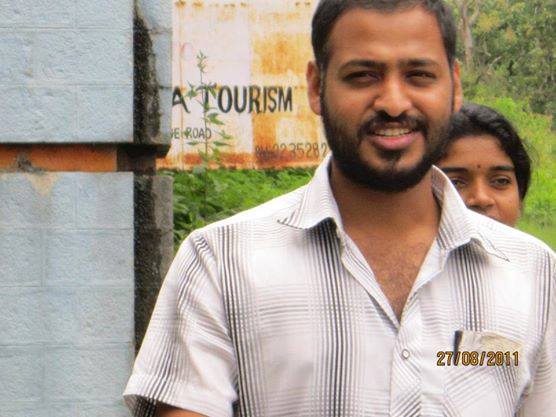Ravindra Kumar Goliya
One must be wondering at the title: what is this place, why the journey? What is special about this place?
Kundeshwar is a small village in Tikamgarh district in a backward area of Bundelkhand in Madhya Pradesh. It is special because of a boy named Bal Mukund Bharti who was the first student, perhaps in the whole district, to study at the All India Institute of Medical Sciences (AIIMS), the most prestigious medical college in the country. What is more remarkable is that he achieved this despite his humble background and without any coaching in some big city.
‘As Bal Mukund’s proud father says, ‘he was the first one from our community to become a doctor in fifty years!’. Bal Mukund’s intelligence and superior scholastic record instilled that kind of confidence in the family, and stoked such high hopes.’
But, alas, this could not prove his ‘merit’ to the professors at AIIMS. The only thing they recognized about him was that he was a ‘Dalit’ and could make it to AIIMS because of reservations. He was humiliated to the extent that he once got an affidavit to change his name which he thought was the reason the professors hated him.
‘Imagine: the first doctor from a community in fifty years, or in two millennia, possibly. Also imagine Rakesh Sharma or Kalpana Chawla, people of the ‘wrong’ race, being told by the Russians or the Americans: ‘you’ll never go into space’.
But AIIMS was determined it would see Bal Mukund only as a ‘harijan’, as a person from the ‘wrong’ caste.’
He was so tortured that one day he decided he could not live this life any longer.
On 3rd March 2010 Bal Mukund ended his life. This is the reason, we, a group of four people decided to visit Kundeshwar, Bal Mukund’s village, to meet his family members. Unfortunately, this is not a stray event. Numerous Dalit students are committing suicide in different parts of the country.
A few of these cases including Bal Mukund’s have been documented by a committed group of activists, led by the Insight foundation, here, at The Death of Merit site. About Dr.Balmukund Bharti’s ‘suicide’, the activists say:
‘But the truth is that Dr Balmukund Bharti was killed much before he committed ‘suicide”. Suicide was a mere formality.
Abused, humiliated, harassed by professors, beaten up severely by his seniors in the name of ragging, completely alienated from the ‘mainstream’ campus life, all due to his Dalit background, Dr Bharti died a very painful and slow death that stretched into the entire period of about 6 years of his stay in AIIMS.’
During the journey to Kundeshwar, I was wondering as to what is wrong? Is it that Dalit students cannot overcome the pressure of studies in these institutes of higher learning or is it the prejudices of students and Professors that result in these suicides (though these should be called cold blooded murders)? The answer was not very difficult as I am myself a fortunate survivor of this elitist systems which are hostile to Dalit students. In a system, where a Professor has full autonomy over what to teach, how to teach and how to examine, the chances of his prejudices against Dalit students being reflected in the results are too high. We hardly have any senior or faculty member who is a Dalit, to whom the students can go for help.
But the question is, can Dalits afford these deaths? Many Dalit children could have become role models and could have contributed to the growth of the marginalized. For that matter can this country afford this loss as it aspires to be a superpower one day? How can it become a superpower by keeping a large section of its population away from higher education? Or can a Government which claims to value inclusive growth afford such deaths?
As Dalit students and professionals we are not left with any option but to agitate. As the final words of Dr. Ambedkar are ‘Educate, Agitate and Organize’, next step after Education is to agitate. Agitate for our rights, agitate for our pride and agitate for our lives and dignity. These lost lives should not go to waste; we need to ensure a safe and happy student life for every Dalit student in these casteist institutions.
One common thread which connects these suicides, other than them being Dalits, is that all these students were introverts. Or one can say that circumstances in these elitist Institutions are such that each of these students withdraws into a shell. They blame themselves or their social identity for everything wrong that happens to them. Yes, strong academics are important but one needs to have an unshackled mind to think freely. In such circumstances, social networking becomes very important. Personally, I have very good experience with this kind of networking though it was just at an institutional level. During my M.Tech days, some of us friends, mostly Dalits, organized ourselves so that after our classes and in free time we were always together, listening to each other, sharing everything that happened during the day in college. In campus placements one student felt that the category, which is indicated in result as SC, was the reason he was not selected. On the same day we got it changed for all the students so that other students don’t face the same problem as private companies have no provision for reservations but they use the category label to exclude Dalit and Adivasi students. It might not be the written policy of a company, but individual prejudices of interviewer do make a difference to a student’s chances of being selected.
A platform where students can share, discuss and articulate their problems. A pressure group which can bring to the notice of policy-makers different problems and forms of discrimination faced by Dalit and Adivasi students in these campuses. The Dalit and Adivasi Students’ Portal is one such initiative, please visit the site and read about success stories, mentors, and opportunities in higher education documented for students of our communities. (http://www.scststudents.org/).
One day, we hope, this discrimination will end and these campuses will be as joyful and provide as enriching an experience for Dalit and Adivasi students as for any other student.
~~~~~~~
[In the documentary film ‘The Death of Merit’, at the end of this article, please watch the testimonies of Bal Mukund’s parents and relatives, the only ones in whom he confided about his ordeals –Round Table India]
News Reports on Dalit students’ suicides and caste discrimination in institutions of higher education (following ‘The Death of Merit’ campaign)
In Dalit student suicides, the death of merit, The Hindu, (New Delhi, May 8, 2011),
Death of merit, and of a family’s dreams, Hindustan Times, (Chandigarh, May 10,2011),
Icarus goes to flying school:Why are Dalit students in India’s best educational institutions committing suicide?, (Tehelka Magazine, Vol 8, Issue 20, Dated 21 May 2011),
Les dalits ne sont pas les bienvenus dans les grandes écoles indiennes, au jour d’hui le monde, (Dated May, 19, 2011),
India education: Dalit student suicide, Global Post, (May 24, 2011),
A Dissonance In Saraswati’s Divine Veena:The spectre of caste prejudice lingers on even in our most prized institutions, OUTLOOK Magazine, (June 27, 2011).
Finally, a notice issued by the University Grants Commission to the Registrars of ‘All Universities/Deemed to be Universities’ to take measures to ensure that ‘such incidents’ (‘Suicides being committed by Dalit Students in Higher Education Institutes due to caste discrimination’) ‘do not occur at all’.
~~~~~~~
List of Dalit students committing suicide in the last four years in India’s premier institutions
(The activists say: ‘This is by no means an exhaustive list but covers only those cases which we were able to document and where parents and relatives have raised their voices and had accused the institutions of caste discrimination against their children that led to their suicides.
We are sure that the actual numbers of Dalit students committing suicide in country’s premier institutions in last four years will be much higher’)
• M. Shrikant, final year, B.Tech, IIT Bombay, 1st Jan 07
• Ajay S. Chandra, integrated PhD, Indian Institute of Sciences (IISc), Bangalore – 26 Aug, 07
• Jaspreet Singh, final year MBBS, Government Medical College, Chandigarh, 27 Jan 08.
• Senthil Kumar, PHD, School of Physics, University of Hyderabad – 23 Feb 08
• Prashant Kureel, first year, B.Tech, IIT Kanpur, 19 April, 08
• G. Suman, final year, M.Tech, IIT Kanpur, 2nd Jan, 09
• Ankita Veghda, first year, BSc Nursing, Singhi Institute of Nursing, Ahmedabad, 20 April, 09
• D Syam Kumar, first year B.Tech, Sarojini Institute of Engineering and Technology, Vijayawada, 13 Aug, 09
• S. Amravathi, national level young woman boxer, Centre of Excellence, Sports Authority of Andhra Pradesh, Hyderabad, 4th Nov, 09
• Bandi Anusha, B.Com final year, Villa Marie College, Hyderabad, 5th Nov, 09
• Pushpanjali Poorty, first year, MBA, Visvesvaraiah Technological University, Bangalore, 30th Jan, 10
• Sushil Kumar Chaudhary, final year MBBS, Chattrapati Shahuji Maharaj Medical University (formerly KGMC), Lucknow, 31 Jan, 10.
• Balmukund Bharti, final year MBBS, All India Institute of Medical Sciences (AIIMS), New Delhi, 3rd March, 10
• JK Ramesh, second year, BSc, University of Agricultural Sciences, Bangalore, 1st July, 10
• Madhuri Sale, final year B.Tech, IIT Kanpur, 17th November, 10
• G. Varalakshmi, B.Tech first year, Vignan Engineering College, Hyderabad, 30 Jan, 2011
• Manish Kumar, IIIrd Year B.Tech, IIT Roorkee, 13 Feb, 11
• Linesh Mohan Gawle, PhD, National Institute of Immunology, New Delhi, 16 April, 11
~~~~~~
‘The Death of Merit’ documentary
(Based on the testimonies of the parents and other family members of Dr.Balmukund Bharti)
Part 1: {hwdvs-player}id=130|width=560|height=340{/hwdvs-player}
Part 2: {hwdvs-player}id=131|width=560|height=340{/hwdvs-player}










